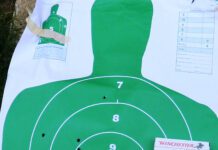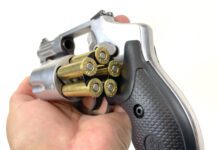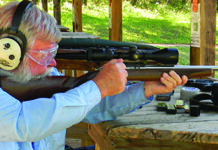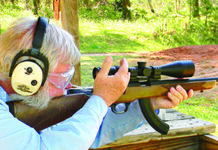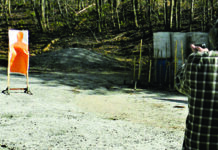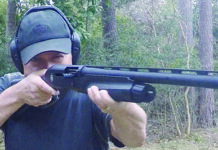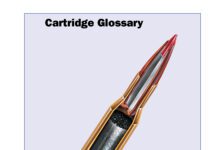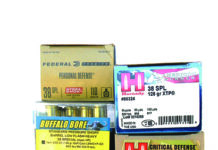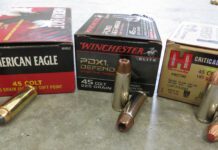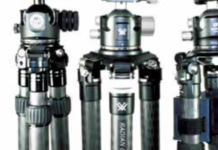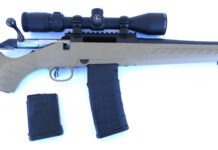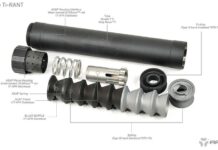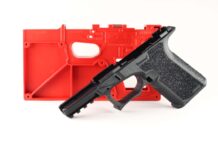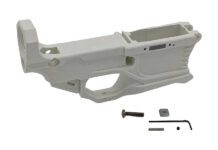Burris Launches New Tactical Riflescope Line
New CT Lightguard Tactical Lights
GunReports.com Video: 3-Gun Matches
Uncluttering Your AR-15 Rail: Pick Combo Laser/Light Grips
The AR-15's popularity is partially due to the weapon's modularity, light weight, and fast handling. But too much technology hung off every rail can morph the AR into an unwieldy and overly complicated rig—turning "tactical" into "tacticool."
Multifunction devices that combine optical laser and lighting into a vertical grip platform can help keep your rifle trim and uncluttered. We recently tested four such laser/light foregrips from three manufacturers. From MidwayUSA we bought two models made by Crimson Trace Corporation, the MVF-515 Red ($399, # 211142) and the MVF-515 Green ($599, # 812310). Both grips use a dual output 150-/200-lumen LED and feature independent controls for the light and laser. The now-discontinued but inexpensive Lasermax Colt AR-15 CGL Foregrip Laser ($161 at www.CheaperThanDirt.com, #61493) combines a red laser with a low-output LED for navigation lighting. At Sig's online store www.SigSauer.com, we found the Sig Sauer Stoplite STL-300J, $215, which combines a monstrous 700-lumen tactical light with a red laser.
Crossbreed Holsters Offers Ankle Rig
Leupold’s New VX-R Patrol Has Fiber-Optic Illuminated Reticle
ATI Rolls Out New Stock-Adaptor System
VisiColor Zombie Targets Available from Champion
Gun Reports Video Brief: Midway’s Making Ammunition for Old Firearms
Butler Creek’s Baby UpLULA Loader receives industry honors
Judging the Governor: We Pit Taurus and S&W Wheelguns
The new Smith & Wesson Governor is a six-shot revolver with scandium-alloy frame and matte-black finish that is being made to compete against the popular Taurus Judge. Like the Judge, the Governor handles 2.5-inch, 410 shotshells plus 45 Colt cartridges. The Governor also chambers 45 ACP ammunition, which the Judge does not. We still had the Taurus on hand at our Idaho office, so we took a close look at the two of of them side by side. Here's what we found.


